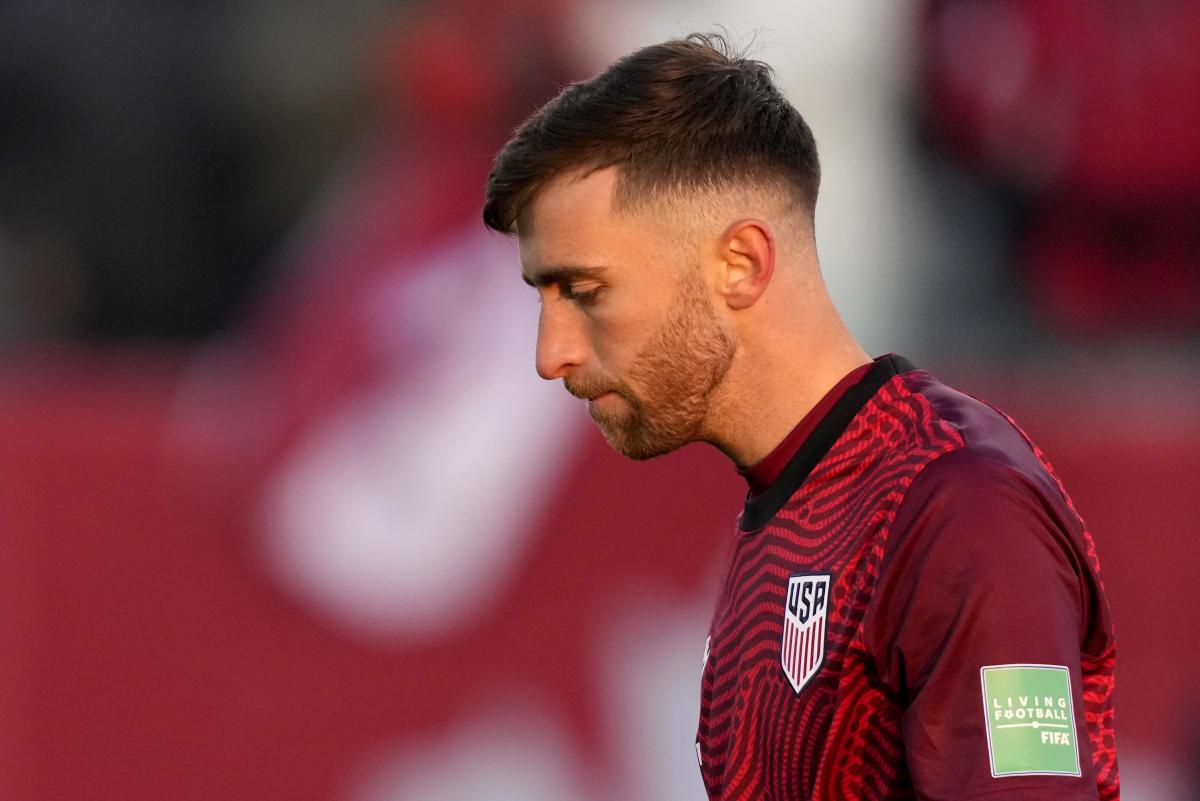
The U.S. has little margin for a stumble at home in World Cup qualifying.
With a victory over Honduras on Wednesday night in brutal cold at St. Paul, Minnesota, the Americans could be in position to clinch a return to soccer’s showcase if they beat Panama on March 27 at Orlando, Florida.
A defeat or draw in either home game would put the U.S. in danger of missing its second straight World Cup.
“Our focus right now is finishing off the window with a win,” U.S. coach Gregg Berhalter said after Sunday’s 2-0 loss at Canada. “If we can do that, we’ll be in good position, and then it’s about going to the last window and getting results, and we’re confident we have a team that can do that.”
Canada leads North and Central America and the Caribbean with 22 points and the U.S is second with 18, ahead of Mexico on goal difference. Panama is fourth with 17, followed by Costa Rica (13), El Salvador (nine), Jamaica (seven) and Honduras (three).
The top three nations qualify for this year’s tournament in Qatar, and fourth place advances to a playoff against the Oceania champion, likely New Zealand.
Winning road games in the region has been a difficult task for the Americans, who have lost at Panama and Canada, tied at El Salvador and Jamaica, and won at last-place Honduras. They’ve been blanked three times and scored five goals in five road games, four of the goals at Honduras.
At home, the U.S. opened with a draw against Canada and followed with victories over Jamaica, Costa Rica, Mexico and El Salvador. The match against Honduras could be complicated by weather: Accuweather forecast a kickoff temperature of 4 degrees (minus-16 Celsius), with a drop of 1-to-2 degrees during the match, conditions the U.S. Soccer Federation’s cold-weather guidelines label “extreme” and suggest merit a cancellation or move indoors due to potential frostbite.
If the Americans sweep their final two home games, they would clinch no worse than third if Mexico defeats Panama on Wednesday night and Costa Rica doesn’t beat Jamaica on Wednesday and then Canada and El Salvador in its first two March games.
But failing to get six points from those home games would create immense pressure when they play March 24 at Mexico and six days later at Costa Rica. The U.S has 12 losses and four draws in qualifiers at Mexico City’s Estadio Azteca, the likely site of the match, and has lost its last nine qualifiers at Costa Rica, including a 4-0 wipeout in 2016 that led to the U.S. Soccer Federation firing coach Jurgen Klinsmann.
In the 2018 cycle, the U.S. was done in by an opening loss to at home against Mexico and a defeat to Costa Rica in the Americans’ next-to-last home game. They gained three points on the road, with draws at Panama, Mexico and Honduras, before losing infamously Trinidad and Tobago on the final night.
This cycle has been marginally better, but every match has been tense until late: The Americans have been tied at halftime eight times and trailed twice, taking a first-half lead only once.
They been outscored 4-2 in the first half, going scoreless eight times, before an 11-3 advantage in the second.
“We’ve created enough in the first half to score more goals,” Berhalter said. “I think we’ve done a good job of wearing teams down in the first half with both possession and transition. So we’re doing a decent job. I think the last thing is just finishing those attacks. … I’m happy that the team shows enough poise and composure to come out in the second half and still play strong.”
___
More AP soccer: https://apnews.com/hub/soccer and https://twitter.com/AP_Sports
